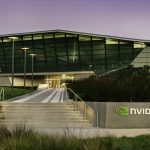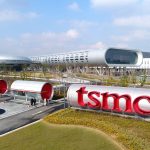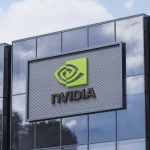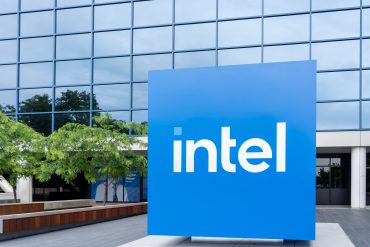
- Data Centers
- Quantum & Chips
- Semiconductors
TSMC Gains AI Edge as Fab Costs Block New Entrants
5 minute read

Semiconductor manufacturers like TSMC gain strategic advantage as soaring AI demand creates high barriers for new chip producers
Key Takeaways
- TSMC emerges as undervalued AI play with forward earnings suggesting better value than Nvidia’s $4 trillion market cap, despite geopolitical risks from Taiwan operations.
- Semiconductor suppliers gain strategic advantage as AI hardware requires tens of billions in fabrication costs, creating significant barriers for new entrants and protective moats for incumbents.
- Infrastructure spending surge expected with 80% of senior executives planning increased technology investments by 2025, driving demand for data centers, cloud infrastructure, and energy providers.
Introduction
The artificial intelligence revolution creates winners beyond the headline-grabbing tech giants racing to develop advanced chatbots and machine-learning platforms. While investors pour billions into companies like OpenAI, Microsoft, and Google, the most reliable profits emerge from semiconductor manufacturers and infrastructure providers supplying essential AI components.
These “ammo-makers” of the AI wars benefit regardless of which tech giant ultimately dominates the sector. AI systems require enormous computing power, specialized hardware, and vast cloud infrastructure to function and scale effectively.

Key Developments
Major technology companies find themselves in an existential battle as AI disrupts traditional business models. Google, Apple, and Amazon face significant threats while simultaneously investing heavily to secure their positions in the AI landscape.
The competition centers on advanced AI platforms and applications, with the “Magnificent Seven” tech giants engaged in expensive battles for market dominance. These companies depend heavily on suppliers like Nvidia, AMD, and Intel for specialized chips, plus Microsoft, Amazon, and Google for cloud services.
Nvidia maintains its industry-leading position with GPUs optimized for machine learning workloads, integral to virtually every AI training model currently in use. AMD and Intel compete aggressively in developing next-generation chips designed specifically for AI acceleration.
Market Impact
The AI hardware supply chain demonstrates complex capital requirements that discourage new market entrants. Semiconductor fabrication plants cost tens of billions of dollars, while the necessary technical expertise remains scarce across the industry.
Taiwan Semiconductor Manufacturing Company holds a dominant position with advanced node technology, producing chips for multiple firms including Nvidia, Broadcom, and AMD. Despite geopolitical risks, TSMC’s forward earnings suggest undervaluation compared to Nvidia’s recent market performance.
Cloud infrastructure providers invest heavily in data centers equipped with AI-optimized hardware to serve growing customer bases. Amazon Web Services, Microsoft Azure, and Google Cloud supply scalable computing environments essential for AI research and deployment.
Strategic Insights
The semiconductor manufacturing landscape creates protective “moats” for incumbent players who control leading fabrication facilities and cutting-edge chip designs. This scarcity provides sustainable competitive advantages for established companies in the supply chain.
According to MoneyWeek, investors should focus on companies positioned to profit regardless of which AI platform ultimately succeeds. These infrastructure providers often trade at more reasonable multiples than platform giants while maintaining strong cash flows and durable competitive advantages.
Beyond chipmakers, the supply chain extends to specialized equipment manufacturers. Dutch firm ASML leads lithography technology, while KLA dominates wafer-inspection markets, representing critical components in semiconductor production processes.

Expert Opinions and Data
Alec Cutler from Orbis Investment emphasizes that major tech companies face disruptions as AI technology evolves, creating an existential battle that transforms their core businesses. Cutler suggests investing in semiconductor companies like Broadcom and AMD, which challenge Nvidia’s AI chip dominance.
Rupert Thompson of IBOSS Asset Management notes the expensive competition among tech giants to secure key positions in artificial intelligence development. The rivalry extends beyond software applications to fundamental infrastructure requirements.
Industry data reveals that 65% of executives cite AI-driven personalization and predictive analytics as primary growth drivers. Rising capital expenditure reflects these priorities, with substantial investments planned in data analytics, digital infrastructure, and specialized talent development.
Conclusion
The AI investment landscape extends far beyond prominent technology platforms to encompass infrastructure providers, energy suppliers, and specialized equipment manufacturers. These companies offer exposure to AI growth while maintaining more reasonable valuations and steady revenue streams.
Investment opportunities span from semiconductor fabrication to data center construction, as AI systems require substantial physical infrastructure to support computational demands. The emergence of custom silicon and AI-specific chips reinforces the critical role of foundational technology suppliers in enabling next-generation artificial intelligence capabilities.








